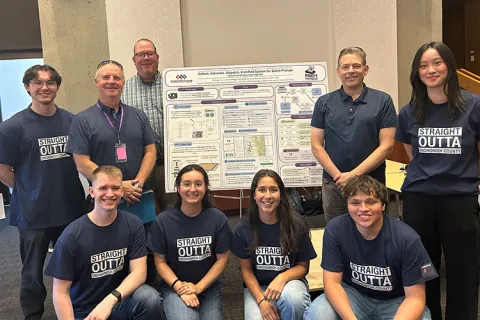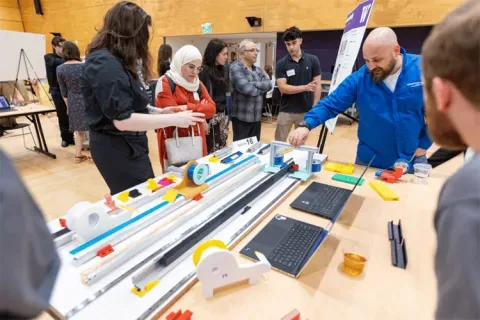PATH
Mobile Emergency Care System
Approximately 2.7 million people are bitten by venomous snakes annually, leading to 138,000 deaths globally. Victims are generally poor subsistence farmers in rural communities of low- and middle-income countries (LMICs), and for every death there are 3-5 victims who survive but are permanently disfigured or disabled. Given that snakebite envenomings occur predominately in rural areas and the window for care is limited, it becomes incumbent upon the victim to travel to the nearest care facility as fast as possible. In these environments, though, the travel time to a care facility is often measured in hours. This tyranny of distance also holds true for other life-threatening conditions that the world's rural poor face. In rare instances a few communities have developed ambulance or ambulance-like networks, but resource constraints often mean that these are little more than just vehicles to transport patients, with no ability to stabilize or deliver care en-route. This student team worked to design a mobile emergency care system should incorporate the minimum required devices for ground ambulances found in high-resource settings. This was able to include but was not limited to a laryngeal mask-airway system/ventilator, suction circuit, syringe driver/infusion pump, and suite of vital sign monitoring tools (pulse oximeter, thermometer, sphygmomanometer or equivalents). Potential broader scope could have included an AED. It was aimed to support both adult and pediatric use. Conversations with clinicians/EMS personnel helped inform a target product profile.
Faculty Adviser(s)
Eric Seibel, Mechanical Engineering
Related News

Mon, 10/13/2025 | UW Mechanical Engineering
Capstone collaboration leads to award
An ME capstone team received first place for its energy audit of the UW School of Social Work building.

Thu, 07/17/2025
UW engineering students develop smart ballot solution
UW engineering students develop smart technology solution to improve ballot collection for Snohomish County.

Mon, 07/07/2025 | UW Mechanical Engineering
Capstone creations
Students displayed innovative capstone design projects at the 2025 expo.

Fri, 09/20/2024 | UW Civil & Environmental Engineering
Smarter irrigation for a greener UW
A new project combines satellite data with ground sensors to conserve water and create a more sustainable campus environment.